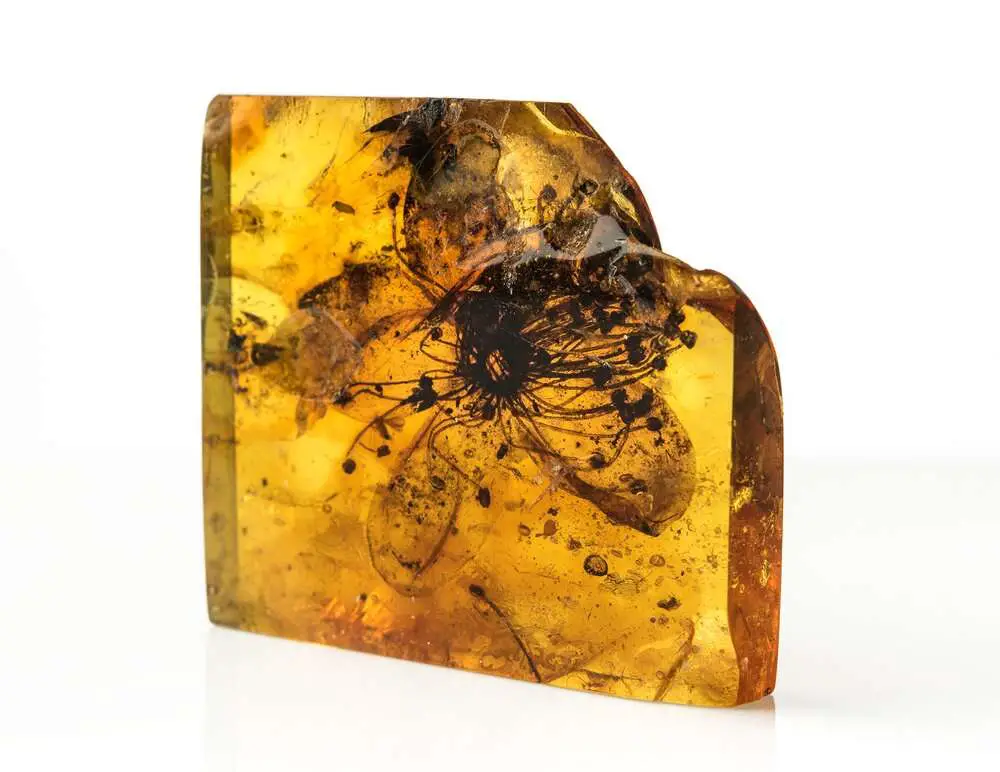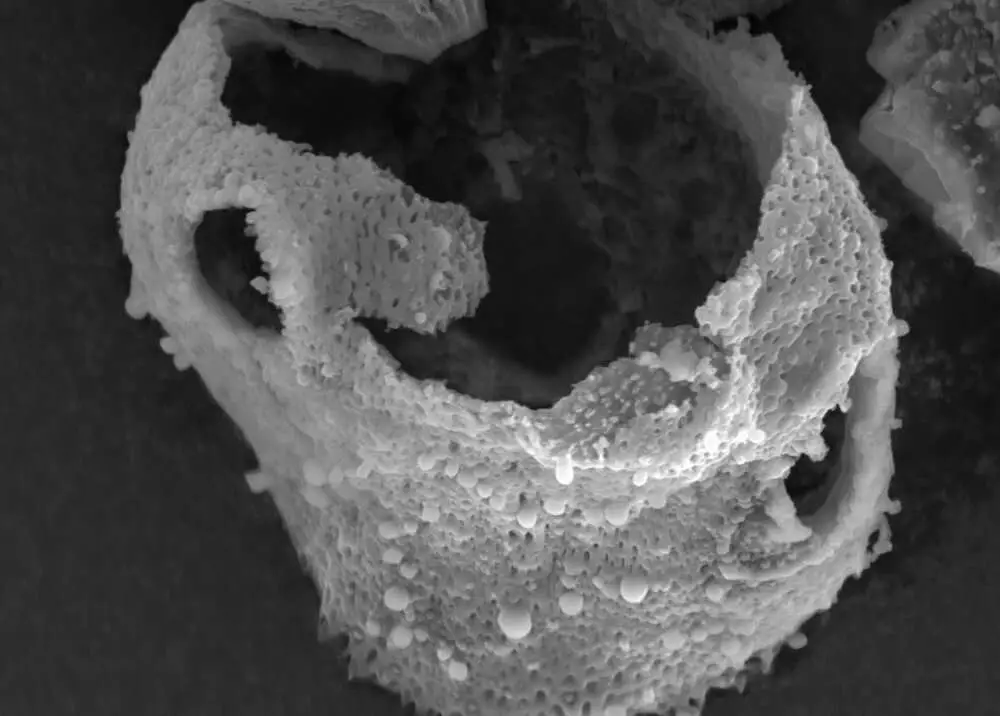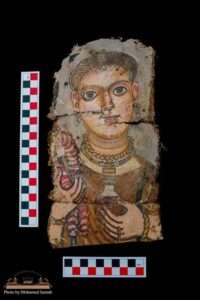The world’s largest amber-preserved flower bud fossil has been identified by scientists.

The plant has been preserved with its pollen for 35 million years from the Eocene era.
Experts from Austria’s University of Vienna have linked the plant to the modern Symplocos genus – part of the Symplocaceae family – known as sweetleaf.
Symplocaceae, currently comprises about 260 known species.
Newsflash obtained a statement from the University of Vienna on 12th January, saying: “The almost three-centimetre flower was preserved around 35 million years ago in the Baltic Amber Forest.”
It went on: “A research team including the palaeontologist Christa Hofmann from the University of Vienna investigated the inclusion of the largest plant bud discovered in amber so far, which was preserved together with its pollen about 38-34 million years ago in the ‘Baltic Amber Forest’ […].”
The Baltic region of Europe is home to the largest known deposit of amber in the world, called ‘Baltic amber’, or succinite.
The University of Vienna also said in its statement that after examining the pollen under an electron microscope, they could put the plant in the Symplocos genus.
They said: “The new findings help to further decode the flora of the Baltic Amber Forest, to draw conclusions about the climate of the past and to understand the change in the forests. The study was recently published in the journal Scientific Reports.”
The experts said that amber “is like a time capsule” because it “preserves inclusions of plants and animals over millions of years in incredible detail”.
Christa Hofmann from the Institute for Palaeontology at the University of Vienna said: “Plant inclusions in amber are rare but extremely valuable for research.”

She added: “They make it possible to reconstruct the vegetation in different phases of the earth’s history and to draw conclusions about the flora of the so-called amber forests.”
The university said: “A particularly spectacular piece of the puzzle has now been reassigned as part of a study: the largest amber flower discovered to date has been re-examined under the scanning electron microscope.
“The flower, almost three centimetres in size, comes from one of the largest deposits in the world – in Kaliningrad on the Baltic Sea, where Baltic amber is mined. It was discovered about 150 years ago and initially described as a false camellia (Stewartia, tea family) – although later doubts arose about this assignment.
“As part of an international collaboration, Eva-Maria Sadowski from the Museum fur Naturkunde Berlin and Christa-Charlotte Hofmann from the University of Vienna have now re-examined the fossil from the collection of the Federal Institute for Geosciences and Natural Resources (BGR, Berlin) for the first time.
“This is a very special specimen: flower inclusions are usually only a few millimetres in size and rarely larger than 10 millimetres. The reasons for this are not yet well known, but the surface tension and viscosity of the resin probably play a role. Larger plant parts are heavier and are less likely to stick.
“The researchers also discovered numerous pollen grains that had escaped from the stamens of the enclosed flower.”
Sadowski said: “It is therefore very unusual to find such a large blossom in amber, which, moreover, releases its pollen exactly at the time of embedding in the resin.”
Pollen from the prehistoric plant was scraped out with a scalpel and examined under a microscope.
Hoffman explained: “Only under extremely high magnification can morphological details be recognised on the pollen grains, which are only a few micrometres in size.”
The university said: “Based on the pollen and some flower characteristics, the researchers were able to assign the fossil to the Asian representative of the genus Symplocos from the Symplocaceae family.
“Also known as ‘sweetleaf’ in English-speaking countries, this family includes shrubs and small trees.”
The statement went on: “It is the first find of this plant genus from Baltic amber – but Symplocos was not alone in the Baltic amber forest at the time. About 38-34 million years ago, this housed numerous other plants whose descendants are now only found in East and Southeast Asia.
“At that time it was even warmer and rainier in Europe than today, so that many representatives of the beech family (e.g. false chestnuts, Castanopsis ) and conifers (like the cedar, Cryptomeria ) could feel at home. Together they formed a diverse ecosystem consisting of coastal swamps, bogs, and mixed forests.”
Sadowski said: “Our new findings about this uniquely beautiful flower inclusion are an additional piece of the puzzle that will help us to further decode the flora of the Baltic Amber Forest and thus to draw conclusions about the climate of past times.”

She added: “Only with such insights can we gain deeper insights into the forests of the earth’s history and understand their change over time.”



